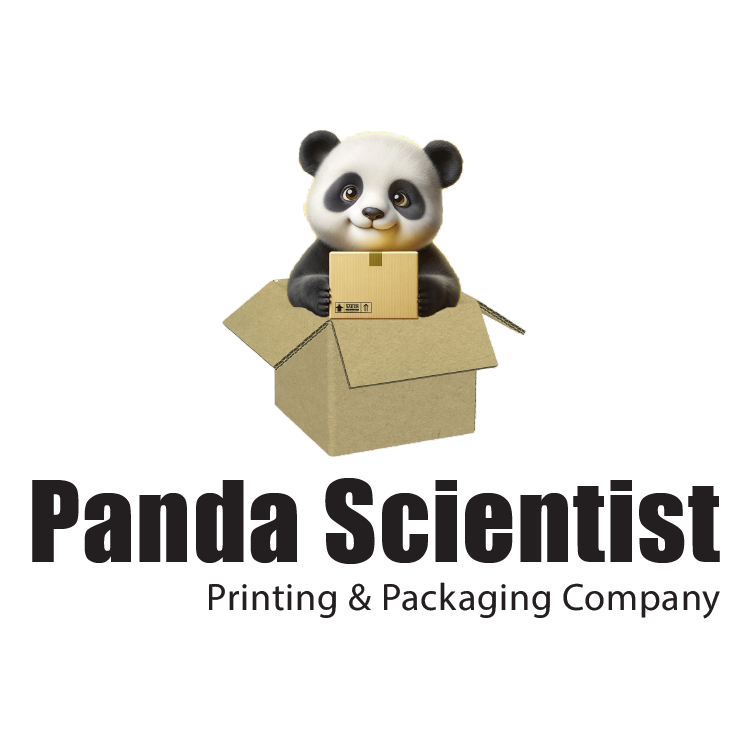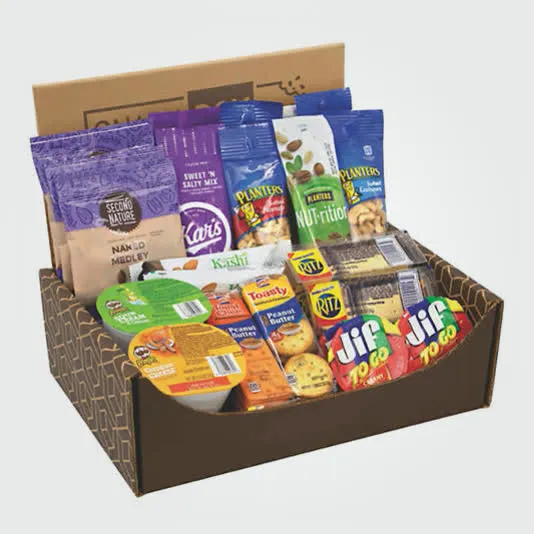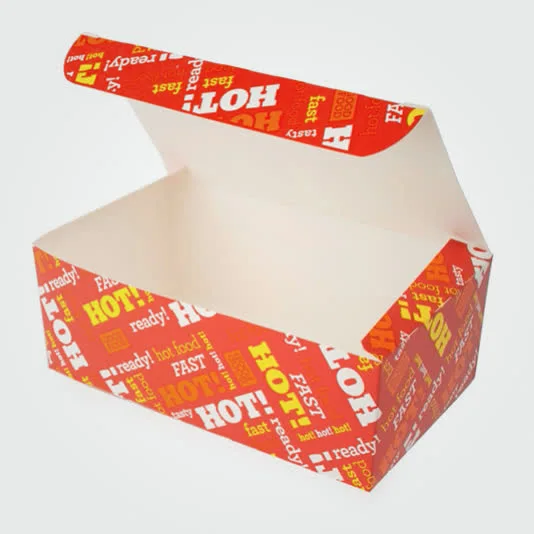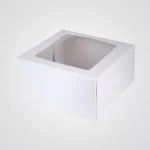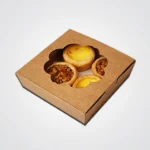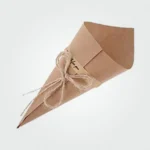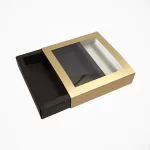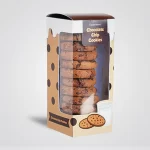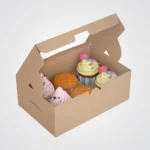Snack Boxes
Custom Snack Boxes
Delight in every bite with our Custom Snack Boxes, specially tailored to present and preserve the zest and zing of your treats. Designed to cater to diverse snacking needs, these boxes ensure that freshness and crunch are never compromised. With our Custom Snack Boxes, the vibrant designs not only mirror the vivacity of your snacks but also set the stage for a tantalizing reveal. Crafted with attention to detail, each box is a testament to quality, echoing the love and passion that goes into every snack you produce. Every snack moment becomes an event, beautifully packaged and leaving a lasting impression, long after the last bite.
Introduction
Snack boxes have become increasingly popular in recent years, providing a convenient and varied option for on-the-go snacking. These boxes typically contain a selection of pre-packaged snacks, such as chips, cookies, nuts, or candy, in a single package. In the United States, the snack box market has seen significant growth, with more and more companies entering the space to offer consumers a wide range of options. According to a recent report by Technavio, the snack box market in the US is expected to grow by $6.5 billion between 2020 and 2024 at a CAGR of over 14%. Packaging plays a crucial role in the success of snack boxes, as it protects the contents during shipping and handling and serves as a marketing tool to attract consumers. The packaging design and materials used can significantly impact the overall product experience, as well as the perceived value of the snack box. Packaging innovation and design are vital factors companies must consider to stand out in the crowded snack box market.
Types of Snack Boxes
Single-Serve Snack Boxes
Single-serve snack boxes are designed for individual consumption and typically contain a selection of snacks that are pre-packaged in individual servings. These snack boxes are ideal for consumers looking for a quick and convenient snack on the go. Single-serve snack boxes can come in various sizes and shapes and can be made from various materials, including cardboard, plastic, and paperboard.
Multi-Pack Snack Boxes
Multi-pack snack boxes are designed for larger groups or families and typically contain multiple servings of each snack. These snack boxes can be an excellent option for parties, events, or office settings where more snacks are needed. Multi-pack snack boxes can come in various sizes and shapes and are typically made from cardboard or paperboard.
Customizable Snack Boxes
Customizable snack boxes allow consumers to select snacks and create personalized boxes to suit their tastes and preferences. These snack boxes are often offered through subscription services, where consumers can choose the snacks they want to receive regularly. Customizable snack boxes can come in various sizes and shapes and are typically made from cardboard or paperboard.
Seasonal/Holiday Themed Snack Boxes
Seasonal and holiday-themed snack boxes are designed to celebrate specific holidays or seasons and typically contain themed snacks to match the occasion. These snack boxes can be a great gift or a way to celebrate special occasions. Seasonal and holiday-themed snack boxes can come in various sizes and shapes and are typically made from cardboard or paperboard.
Packaging Materials
Cardboard Snack Boxes
Cardboard is a popular choice for snack box packaging due to its durability, versatility, and cost-effectiveness. It is also a sustainable option as it can be recycled and repurposed. Cardboard snack boxes can be designed in various shapes and sizes and printed with custom designs to enhance brand identity.
Plastic
Plastic is another common material for snack box packaging, particularly for single-serve and multi-pack boxes. It is lightweight and offers excellent protection for the contents of the box. However, plastic is not as environmentally friendly as other materials, as it can take hundreds of years to decompose. There are also concerns about plastic waste and its impact on the environment.
Paperboard
Paperboard is a lightweight, eco-friendly alternative to plastic and is often used for customizable snack boxes. It is made from recycled materials and is recyclable. Paperboard snack boxes can be printed with custom designs and easily stacked and shipped.
Aluminum
Aluminum is a popular choice for snack boxes that contain snacks that require extra protection, such as nuts, popcorn, or trail mix. Aluminum snack boxes offer excellent protection from moisture, light, and air, which helps keep the contents fresh for extended periods. Aluminum is also a sustainable option as it is easily recyclable.
Biodegradable/Compostable Materials
Biodegradable and compostable materials are becoming increasingly popular for snack box packaging as consumers become more conscious of their environmental impact. These materials are made from renewable resources and can break down naturally, reducing the amount of waste produced. Biodegradable and compostable snack boxes can come in various materials, including cardboard, paper, and bioplastics.
Design and Printing of Snack Boxes in the United States
Branding
Snack box packaging offers an excellent opportunity for companies to showcase their brand identity and stand out in the crowded snack box market. Branding elements such as logos, colors, and fonts can be prominently displayed on the packaging to increase brand recognition and loyalty.
Custom Printing Options
Custom printing options such as high-quality printing, embossing, or foil stamping can create a unique and eye-catching design for snack box packaging. These printing options can enhance the visual appeal of the packaging and create a premium look and feel.
Design Considerations
When designing snack box packaging, it is essential to consider the product’s target audience and the type of snacks included in the box. The packaging design should reflect the brand’s personality and values while appealing to the customer’s preferences. Other factors to consider when designing snack box packaging include ease of use, storage, and transportation.
Sustainability and Eco-Friendly Design
Sustainability and eco-friendly design are increasingly important considerations in snack box packaging. Companies can use recyclable, biodegradable, or compostable materials and minimal packaging to reduce waste. Sustainable design elements such as minimal ink usage, efficient design layouts, and optimized production can also help to reduce the environmental impact of snack box packaging. Companies can also communicate their sustainability efforts on the packaging to increase brand loyalty among environmentally conscious consumers.
Advantages of Snack Boxes
Convenience
Snack boxes offer the convenience of having a variety of snacks in one package. Consumers can easily take snack boxes on the go, making them perfect for busy lifestyles. Snack boxes can also be delivered directly to consumers’ homes or offices, saving time and effort.
Variety
Snack boxes offer a wide range of snack options, making them an excellent choice for those who want to try new flavors and brands. Consumers can choose from various snack box options, including vegan, gluten-free, and organic.
Portion Control
Snack boxes can help consumers control their portion sizes, which is especially important for those watching their calorie intake or trying to maintain a healthy diet. Snack boxes typically contain pre-portioned servings of snacks, which can help consumers avoid overeating and reduce food waste.
Subscription Services
Many snack box companies offer subscription services, which can be customized to fit consumers’ snack preferences and dietary restrictions. Subscription services can provide a regular supply of snacks, making it easier for consumers to maintain a healthy snacking habit. Subscription services can also offer cost savings compared to buying snacks individually.
Challenges in Snack Box Packaging
Cost Considerations
One of the significant challenges in snack box packaging is balancing the cost of packaging materials with the need to create an attractive and functional design. Companies must carefully consider the cost of materials, printing, and assembly when designing snack box packaging.
Storage and Shipping
Snack box packaging must be designed to withstand the rigors of storage and shipping. The packaging must be durable enough to protect the snacks inside and lightweight and easy to transport.
Legal and Regulatory Requirements
Snack box packaging must comply with legal and regulatory requirements for food safety, labeling, and environmental sustainability. Packaging materials must be safe from contact with food, and labeling must provide accurate and complete information about the contents of the snack box. Companies must also comply with environmental regulations on using materials, waste reduction, and recycling.
Trends in Snack Box Packaging
Personalization and Customization
Personalization and customization are becoming increasingly popular in snack box packaging. Companies are offering more options for customers to choose their snacks, and they are also allowing customers to personalize the packaging with their names or photos. Personalization and customization can increase customer engagement and loyalty.
Sustainable and Eco-Friendly Materials
Sustainability and eco-friendliness are growing trends in snack box packaging. Companies use recyclable, biodegradable, and compostable materials to reduce waste and environmental impact. Customers are also becoming more aware of the environmental impact of their purchases, and they are more likely to choose snack boxes made from sustainable materials.
Digitally Enhanced Packaging
Digitally enhanced packaging is a trend that is gaining traction in the snack box industry. Companies are using technologies such as augmented reality and QR codes to create interactive and engaging packaging. These technologies can give customers additional information about the snacks or offer promotions and discounts.
Functional and Interactive Packaging
Functional and interactive packaging is becoming more popular in snack box packaging. Companies are incorporating features such as resealable packaging, easy-open tabs, and built-in utensils to make snacking more convenient. Interactive packagings, such as puzzles or games, can entertain customers and increase brand engagement.
Future of Snack Boxes in the United States
The future of snack boxes in the United States looks promising as consumer demand for convenient and healthy snacking options grows. Snack box companies will likely continue expanding their offerings, emphasizing customization, personalization, and sustainability. The use of technology is also likely to increase in snack box packaging, with more companies incorporating digital features such as augmented reality and QR codes. These technologies can enhance the customer experience and provide valuable information about the snacks in the box.
As healthier snacking continues, companies will likely offer more organic, non-GMO, and plant-based snack options. Using sustainable and eco-friendly packaging materials is also likely to become more widespread. Subscription services are likely to remain popular as they offer convenience and cost savings for consumers. Companies may also offer more flexible subscription options, such as the ability to skip a delivery or change the frequency of deliveries. The future of snack boxes in the United States looks bright as companies continue to innovate and respond to changing consumer preferences and demands.


